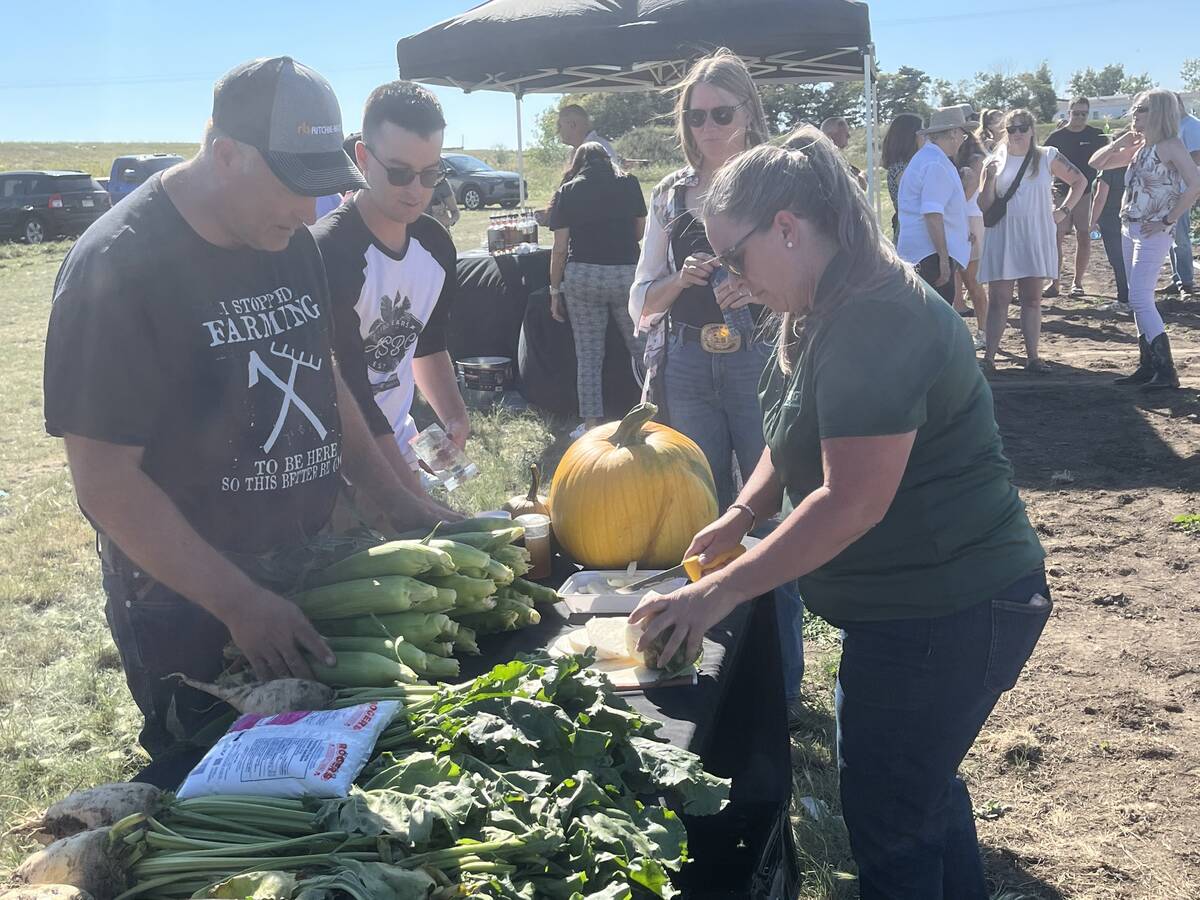Prairie farmers grew more winter wheat this year than they did in 2006, according to newly released Statistics Canada data, increasing acres to 1.5 million from 1.2 million.
And Rod Fedoruk, president of the Winter Cereals Development Commission, says the best is yet to come.
“Winter wheat has a following here and it’s just coming to life.”
As the Kamsack, Sask., producer looks around his northeastern Saskatchewan neighbourhood, he estimates acres are up a third over the previous year as farmers realize there are not the same problems with winterkill and rust in winter wheat that there were 25 years ago.
Read Also

Alberta farm lives up to corn capital reputation
Farm to Table Tour highlighting to consumers where their food comes from features Molnar Farms which grows a large variety of market fruits and vegetables including corn, with Taber being known as the Corn Capital of Canada.
“We like to think that’s all behind us.”
The biggest hurdle for farmers is pulling the seed drill to the field in the fall rather than the spring, said Fedoruk, who began growing winter wheat in the 1980s when the variety Northstar was released.
With the increasing interest in winter wheat, Fedoruk’s group estimates that within 10 years about four million acres of winter wheat could be grown in Saskatchewan.
In Alberta, winter wheat acres increased 50 percent from 200,000 acres last year to 300,000 acres this year.
Alberta Agriculture crop specialist Doon Pauly said the department’s Ag Info Centre has received more calls about winter wheat this year, but he believes much of that interest was because of the large number of fallow acres in central Alberta caused by a wet spring.
Dale Soetaert, conservation program specialist with Ducks Unlimited, said a combination of better varieties and better knowledge of how to seed the crop has created more interest.
“Farmers are starting to recognize and see other producers have success,” Soetaert said.
A farmer who may have grown a quarter section of winter wheat in the past has now bumped it up to two or three quarters because of the growing recognition of its place in a good crop rotation.
“Farmers are starting to recognize the need for increased crop rotation,” Soetaert said.
Winter wheat is a good fit for ethanol production because of lower protein and higher starch content, which will make it more enticing as more ethanol plants come on stream across the Prairies. Fedoruk said overseas buyers also see winter wheat varieties as a good fit for Asian noodles.
Winter wheat is one of the few ways to beat the growing problem of wheat midge infestations across Saskatchewan. Its early maturity prevents the insect from infecting the crop.
Fedoruk said much of the newly formed commission’s budget will pay for research into improving winter hardiness. In the United States, winter wheat growers accept a 25 percent winter kill level as acceptable.
“I don’t know what extent is acceptable to freeze out,” he said.
Ducks Unlimited promotes the use of winter cereals because of its good ground cover for spring nesting birds. By using winter cereals, spring nest success increases from one in 100 to one in 10 nests.














